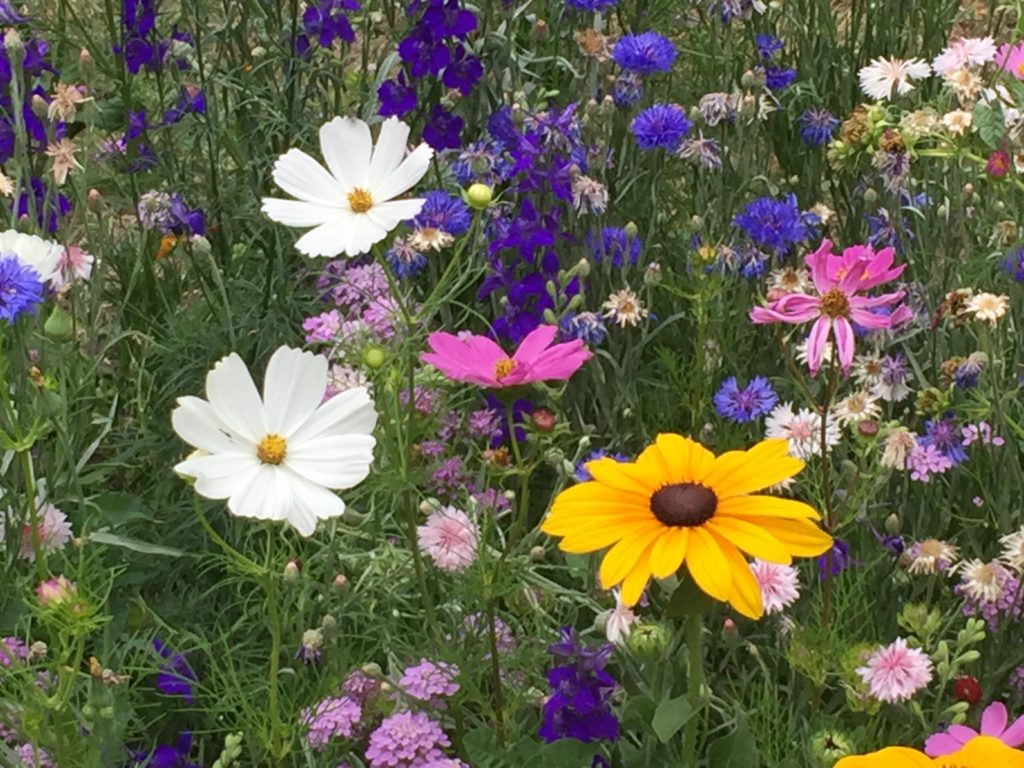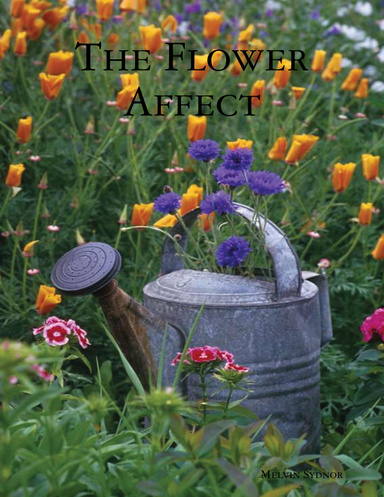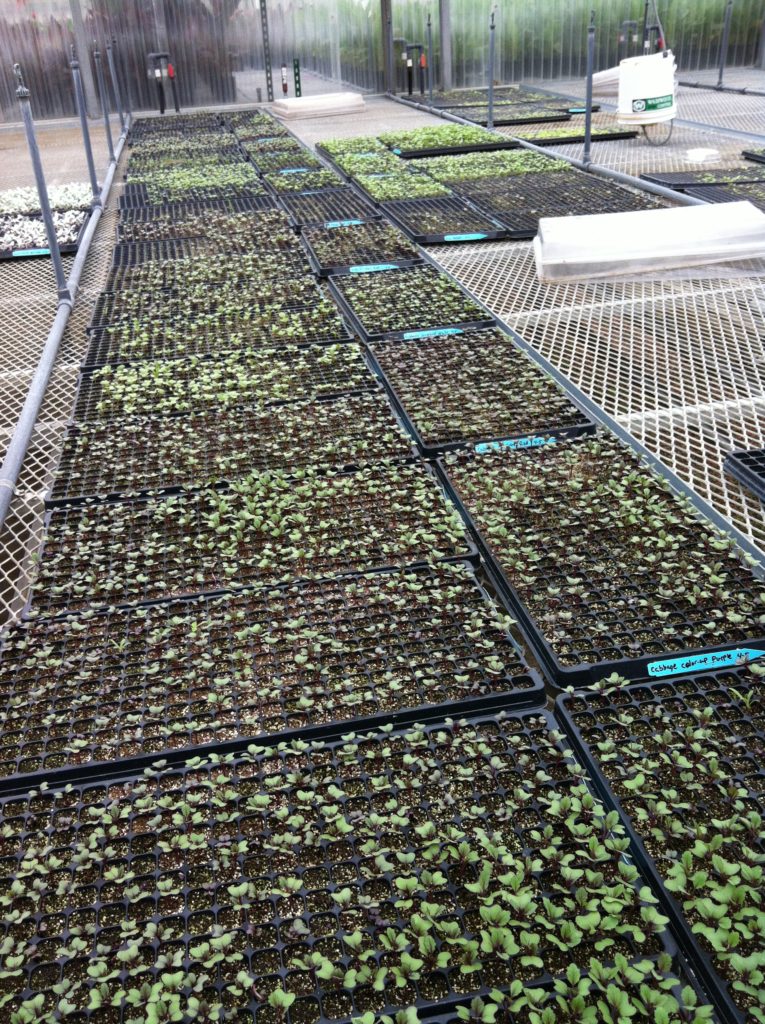
Selecting the right wildflower seed blend for your region and zone is crucial for a successful bloom. Regional mixes are tailored to thrive in specific climates and soil types, ensuring a vibrant and sustainable wildflower meadow. For instance, American Meadows offers a variety of seed mixes, including regional, pollinator, and native blends, each designed to flourish in particular growing conditions. It’s important to consider the life cycle of the wildflowers, as annuals, perennials, and biennials will each contribute differently to the garden’s longevity and appearance. By choosing the appropriate mix, you can create a beautiful, biodiverse habitat that supports local wildlife and adds natural beauty to the landscape. Cheers











